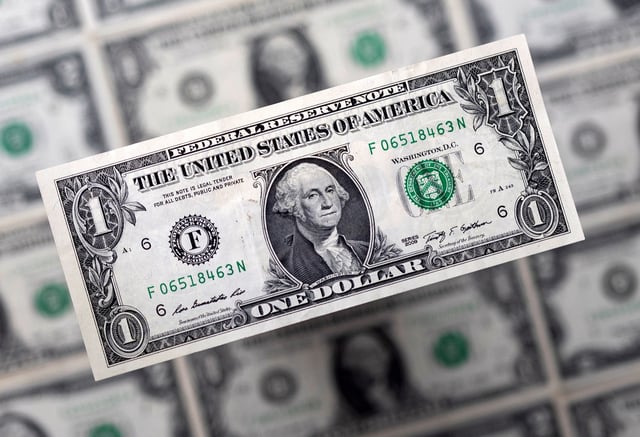Overview
- The U.S. and China have temporarily reduced tariffs to 30% and 10%, respectively, following record-high rates imposed in April 2025.
- Global markets rallied, with the S&P 500 gaining 3% after the truce, though analysts caution the agreement is a tactical pause, not a resolution.
- Container shipping bookings from China to the U.S. surged by 277%, reflecting immediate trade flow recovery but lingering supply chain uncertainties.
- The Federal Reserve warns that sustained tariffs could disrupt disinflation progress, potentially leading to a temporary rise in consumer prices.
- The agreement remains non-binding and fails to resolve key disputes over intellectual property and strategic technologies, leaving the risk of tariff reinstatement high.



